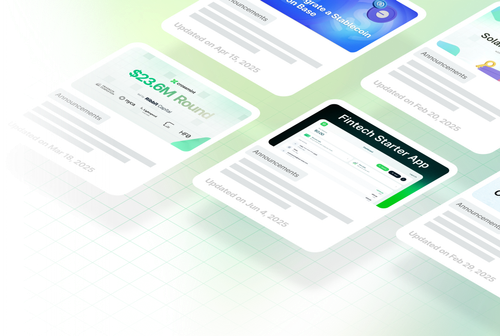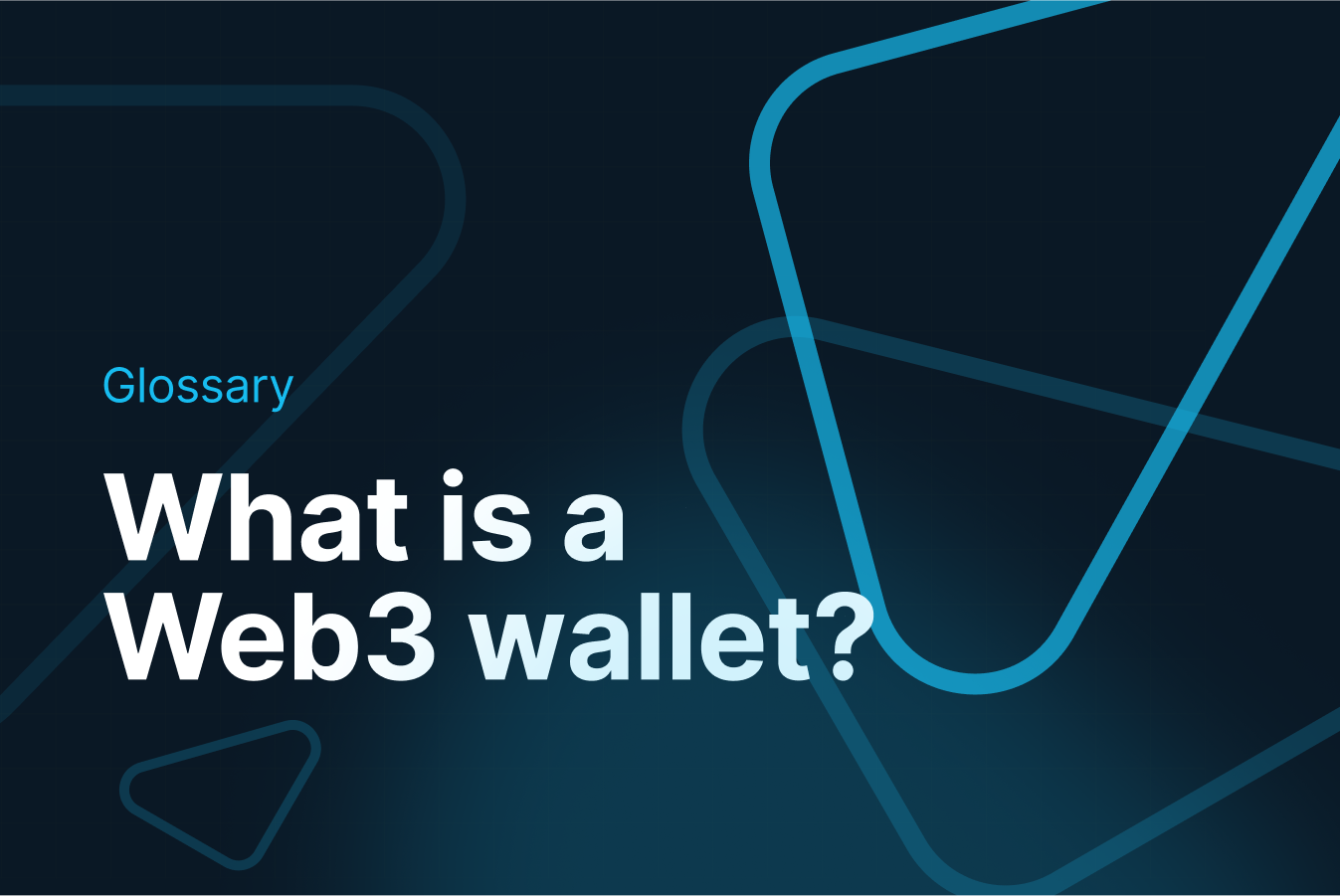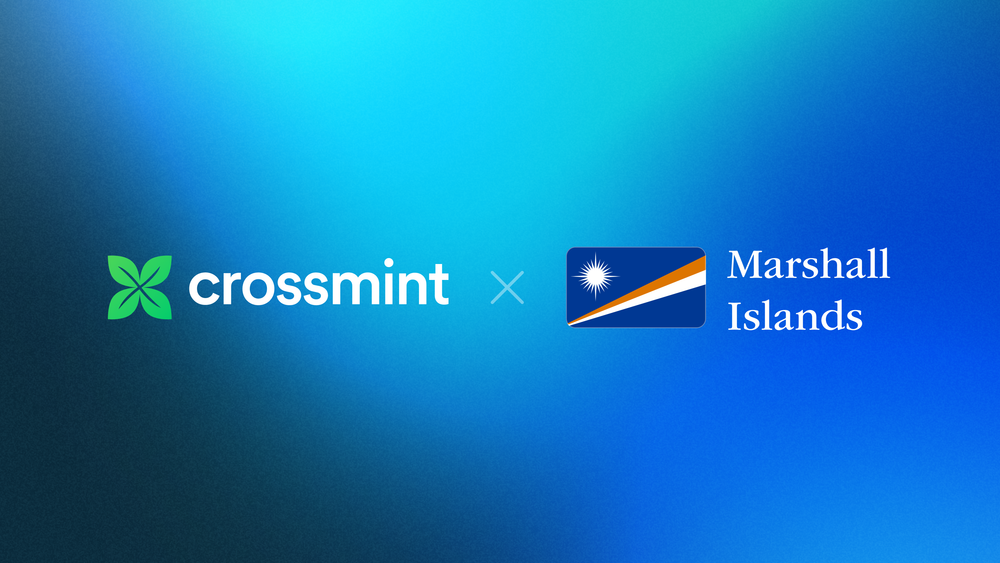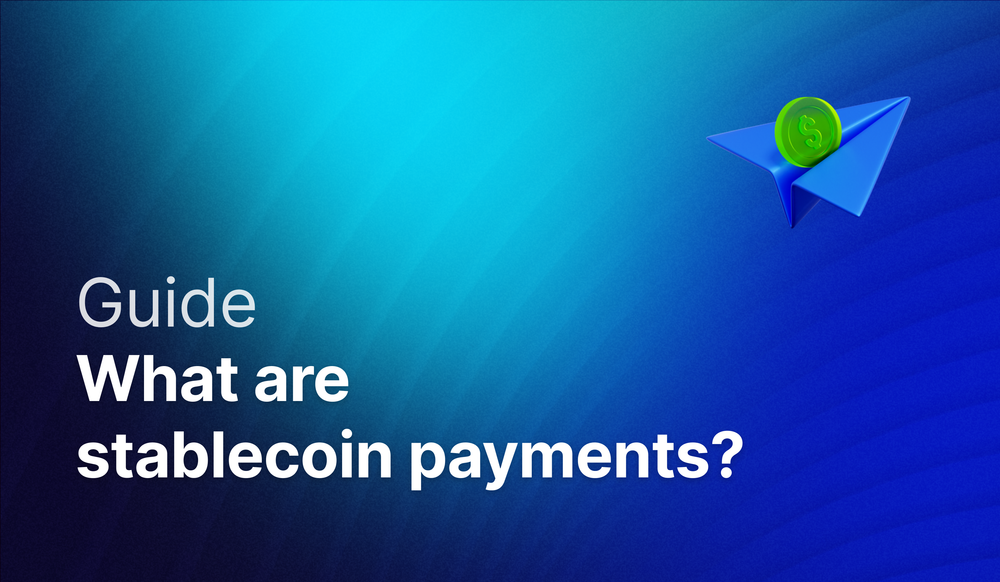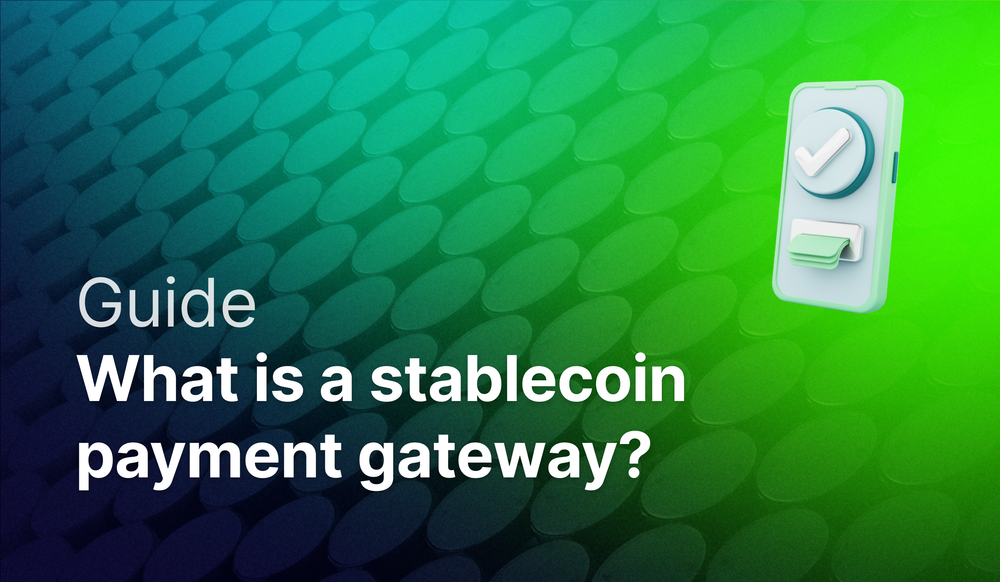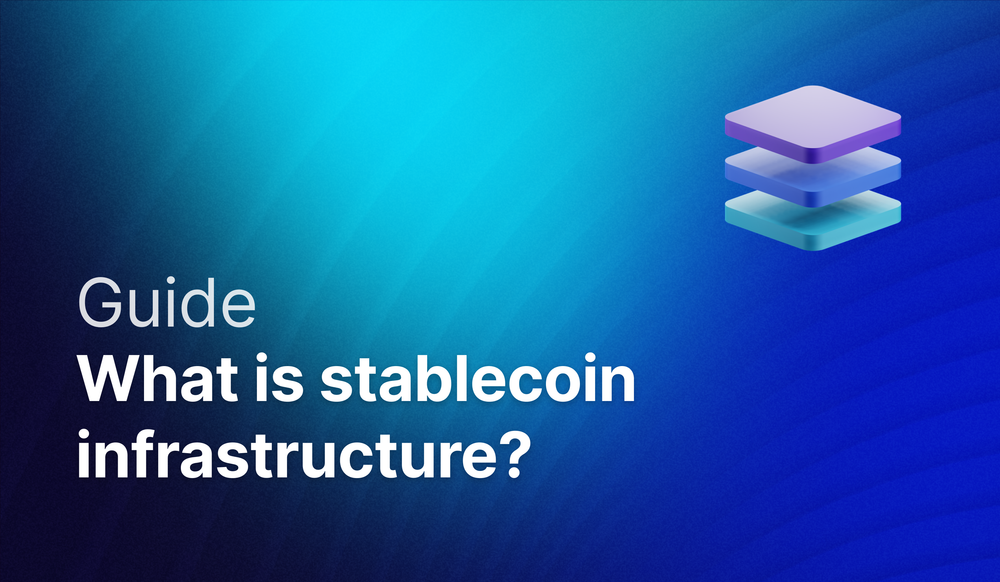Welcome to the world of Web3 wallets, a pivotal component in the burgeoning realm of blockchain technology and cryptocurrency. These wallets are more than just a means to store digital assets; they represent a leap into the future of financial autonomy and security. Whether you're a seasoned crypto enthusiast or a newcomer to the digital currency scene, understanding Web3 wallets is essential.
This guide demystifies the concept and functioning of Web3 wallets, breaking down their complexities into understandable segments. From private and public keys to the various types of wallets, including custodial, non-custodial, hot, and cold wallets, we cover it all. Embark on this journey with us to unravel the intricacies of Web3 wallets and harness their power in the digital age.
What is a Web3 Wallet?
Web3 wallets operate as the interface between users and blockchain networks. At their core, they manage two crucial elements: private and public keys.
- Private Key: This is a secret code unique to each wallet. It's akin to a highly secure password. The private key is essential for accessing and managing the assets within the wallet. Without it, these assets are inaccessible.
- Public Key: Generated from the private key, the public key serves as the wallet's address on the blockchain. It's like a mailbox number where others can send digital assets. This public key can be shared without compromising security.
When you initiate a transaction, such as sending cryptocurrency, the wallet uses your private key to sign the transaction. This digital signature proves that the transaction comes from the rightful owner of the wallet. The transaction is then broadcasted to the blockchain network, where it's verified and recorded in a block.
By managing these keys, Web3 wallets enable users to maintain control over their digital assets and execute secure transactions on the blockchain. This functionality is foundational to the decentralized nature of blockchain technology, where trust is established not through central authorities but through cryptographic proofs and the immutable nature of blockchain records.
Custodial and Non-Custodial Wallets
What is a custodial wallet?
A custodial Web3 wallet is a type of digital wallet where the management of the user's private keys is handled by a third party. In this arrangement, the service provider oversees the security and storage of the private keys, thereby taking on the responsibility of safeguarding the user's digital assets. This setup is akin to entrusting a bank with your funds; you have access to your assets and can transact with them, but the ultimate control lies with the institution holding your keys.
Custodial wallets are often favored by beginners or those who prefer not to manage their security protocols, offering a user-friendly interface and the convenience of easy access to support services.
Characteristics:
- Control: Users have full control over their private keys and assets.
- Responsibility: Security and management rest solely with the user.
- Accessibility: Direct access to funds without third-party intervention.
- Security Risks: Loss of private key equals permanent loss of access.
What is a non-custodial wallet?
A non-custodial Web3 wallet represents the epitome of digital autonomy in the realm of blockchain technology. In contrast to its custodial counterparts, a non-custodial wallet grants the user complete control over their private keys, which are the crucial cryptographic tools used for accessing and managing blockchain assets. This means that the user, and only the user, has the authority to initiate and authorize transactions or changes to their digital assets.
The absence of a middleman or third-party authority, like a bank or a centralized exchange, ensures that the user maintains direct and sole ownership of their digital assets. This setup empowers users with heightened privacy and security, but it also places the responsibility of safeguarding the private keys squarely on their shoulders. In essence, a non-custodial Web3 wallet is a tool for those who seek full control over their digital assets, along with the responsibility that comes with such control.
Characteristics:
- Control: A third party, like an exchange, controls the private keys.
- Responsibility: Third party manages security and key management.
- Ease of Use: Generally more user-friendly, suitable for beginners.
- Dependency: Users rely on the third party for access to their funds.
Hot and Cold Wallets: Key Differences and How They Work
What is a hot wallet?
A hot wallet is a type of digital wallet that is constantly connected to the internet, providing users with quick and easy access to their blockchain-based assets. This continuous online connectivity facilitates seamless transactions, making hot wallets particularly convenient for regular use, such as trading or frequent payments.
Characteristics:
- Connection: Always connected to the internet.
- Accessibility: Offers easy and quick access for transactions.
- Use Case: Ideal for frequent, small transactions.
- Security Risk: Higher vulnerability to online threats like hacking.
What is a cold wallet?
A cold wallet refers to a digital wallet that stores a user's private keys in an offline environment, offering enhanced security by being disconnected from the internet. This type of wallet is often realized through physical hardware devices or paper wallets, safeguarding the assets from online vulnerabilities like hacking or phishing attacks.
Cold wallets are particularly suited for long-term storage of substantial cryptocurrency holdings, as they minimize the risk of digital theft. While they provide a high level of security, their offline nature makes them less convenient for frequent transactions
- Connection: Not connected to the internet (offline).
- Security: Provides higher security due to offline storage.
- Use Case: Suited for long-term storage of large crypto holdings.
- Accessibility: Less convenient for quick transactions but safer for asset storage.
Multi-Party Computation (MPC) vs Multi-sig Wallets
What is a MPC wallet?
An MPC (Multi-Party Computation) wallet operates by dividing the responsibility of a single private key among multiple parties. Each party holds a unique 'secret share', none of which is enough to carry out transactions on its own. When a transaction is initiated, these parties must collaborate, combining their shares to authorize it.
This process is accomplished without any single party ever reconstructing the full private key, significantly enhancing security. It guards against the risk of a single point of failure, making it harder for unauthorized users to gain control of the wallet, as they would need to compromise multiple secret shares simultaneously.
MPC wallets may be custodial or non-custodial.
What is a Multi-sig Wallet
A Multi-sig Wallet requires multiple signatures or approvals from different users to execute a transaction. This setup increases security by distributing the power to transact across several parties. Here's how it typically works:
- Setup: When creating a multisig wallet, you specify the number of signatures (from different private keys) required to authorize a transaction and the total number of participants or keyholders.
- Transaction Initiation: When someone tries to make a transaction from the wallet, it doesn't immediately go through. Instead, it becomes a proposal awaiting further approvals.
- Signing: Other keyholders must provide their signatures. The transaction proceeds only after the predetermined threshold of signatures is met.
- Execution: Once the required number of signatures is obtained, the transaction is broadcast to the blockchain and processed normally.
This system is particularly useful for organizations or groups where financial decisions need consensus, adding a layer of checks and balances against unauthorized or fraudulent transactions.
Account Abstraction Wallets vs. Externally Owned Accounts (EOAs)
Account Abstraction Wallets
Unlike traditional wallets, Account Abstraction Wallets embed complex rules and operational logic directly into their structure, offering advanced functionalities like multi-signature requirements, programmable transactions, and built-in recovery options. This innovative approach allows for a more user-friendly experience, simplifying interactions with blockchain networks.
Characteristics:
- Structure: Smart contract-based, embedding complex rules and logic.
- Functionality: Enables multi-signature requirements, recovery options, and conditional logic for transactions.
- User Experience: Offers a more intuitive interface, simplifying blockchain interactions.
Learn more about what are account abstraction wallets and their key benefits
Externally Owned Accounts (EOAs)
Externally Owned Accounts, or EOAs, represent the more traditional form of digital wallets in the blockchain realm. These wallets are straightforward in their approach, focusing on fundamental transactional capabilities and user control. Unlike their Account Abstraction counterparts, EOAs lack in-built complex rules or programmable logic, offering a more rudimentary but highly secure interface for blockchain interactions.
- Structure: Controlled directly by users through private keys, without embedded logic or smart contract capabilities.
- Functionality: Simple transactional functionality, relying on private keys for transaction signing and approval.
- Security and Recovery: Entirely dependent on the security of the private key, with no inherent recovery mechanisms for lost keys.
Differences
- Control and Flexibility: EOAs are controlled by a single private key, whereas account abstraction wallets allow programmable control and governance.
- Security: EOAs rely on private key security; account abstraction wallets can add layers like multi-sig or conditional approvals.
- Recovery Options: EOAs lack intrinsic recovery mechanisms; account abstraction wallets can include built-in recovery processes.
How to create a web3 wallet?
Crossmint offers a NFT wallet-as-a-service product which can be embedded inside your website or app. The wallet infrastructure is powered using best-in-class MPC security powered by Fireblocks, and can be made custodial or non-custodial, with the option to use account abstraction.
Crossmint is the leading blockchain infrastructure provider to enterprises, powering over 30,000 companies and developers, including Mastercard, Microsoft, Red Bull, Diageo, Etihad Airways, Asus, and Adidas.
This MPC wallet product allows you to:
- Add web3 capabilities to your website or app instantly. create wallets for existing users via API without requiring user action, and for new ones upon sign up, leveraging your own auth or one of our 5-minute turnkey integrations with the leading providers (Stytch, auth0, Firebase)
- Get all the APIs you need to build an end-to-end experience: Crossmint is more than a key management provider. Our wallet APIs give you all the infrastructure you need, abstracting away RPCs, indexers, and other underlying technology. Our APIs include endpoints for visualizing and fetching the content of the wallet, distributing tokens, sanction screening, spam filters, and more.
- Abstract away the blockchain: no passphrases and transaction approval prompts, sponsored gas, account recovery, etc.
- Build fully interoperable experiences: users can connect their wallets to third-party sites using Wallet Connect or Crossmint Connect, and issue Apple/Android QR codes directly from the wallet, to token-gate IRL events.
- All compliantly and with best-in-class security: unleakable private keys, managed using the same Fireblocks MPC technology trusted by major financial institutions to store billions of dollars.*
You can start creating wallets in minutes, self-serve, by following this guide. If you want to know more, contact us and our team of experts will help you out.
Useful references:


